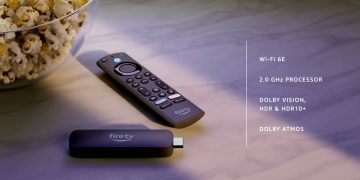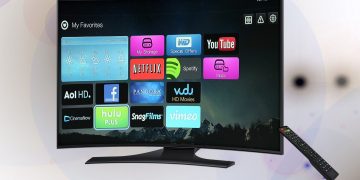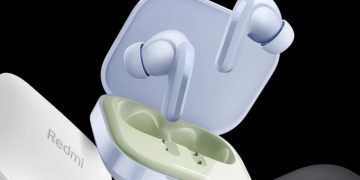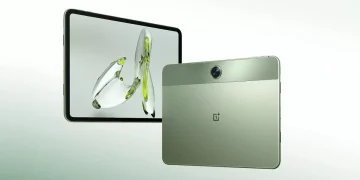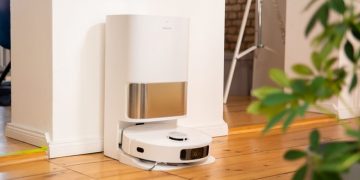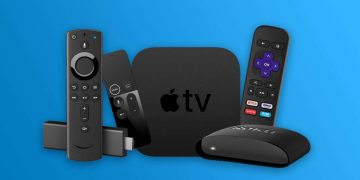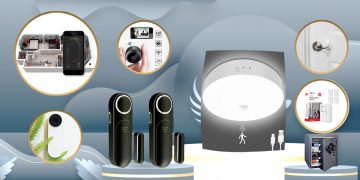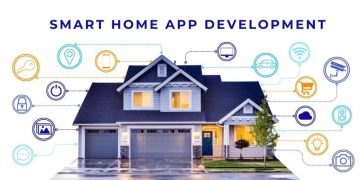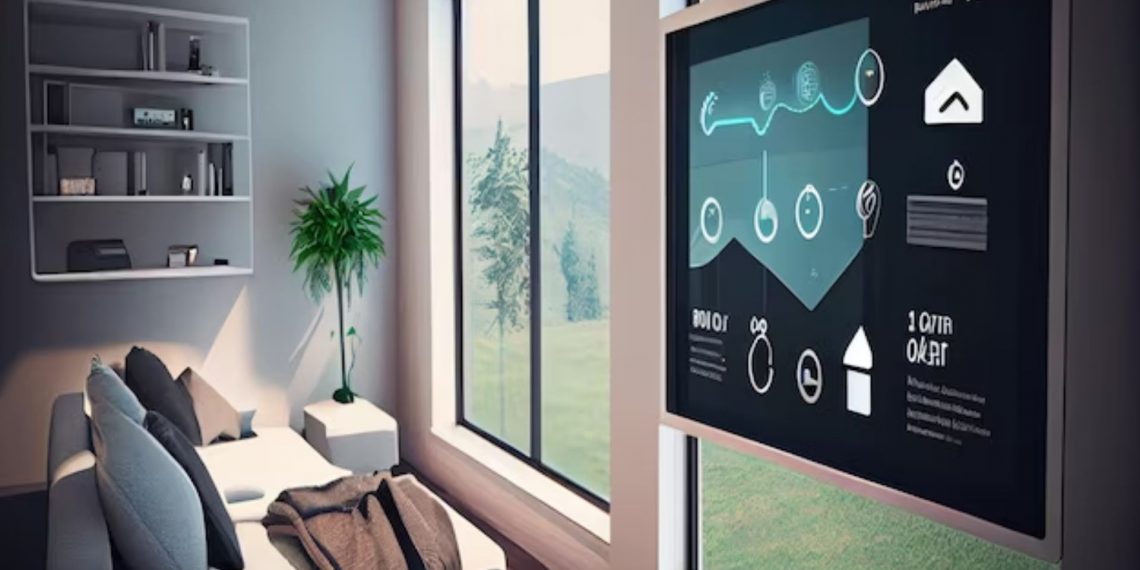Smart home technology has evolved significantly since the days of “Smart House” on Disney Channel. Today, it’s not just a futuristic concept but a reality influencing the way we live. This article explores the latest trends in smart home technology for the current year, highlighting advancements that are shaping modern living spaces.
Integration: The Backbone of Smart Homes
Seamless Connectivity
The integration of smart home devices is no longer a luxury but an expectation. Devices are becoming increasingly interconnected, allowing for smoother operations and enhanced user experience. From Google Home speakers to Philips Hue lighting systems, the synergy between devices is reshaping the way we interact with our living spaces.
Artificial Intelligence and Internet of Things (IoT)
Enhanced AI Functionality
Artificial intelligence (AI) continues to play a pivotal role in smart homes, with voice assistants like Amazon Alexa and Siri becoming household staples. AI capabilities are advancing, enabling devices to understand commands better and deliver more personalized responses. Moreover, the Internet of Things (IoT) is revolutionizing daily tasks, particularly in areas like the kitchen and bathroom.
Touchless Tech: Redefining Hygiene and Convenience
Safe and Hygienic Solutions
The Covid-19 pandemic accelerated the adoption of touchless technology in smart homes. Innovations such as touchless doorbells and mobile app-controlled devices minimize contact with shared surfaces, promoting hygiene and safety within the household.
Smart Thermostats: Efficiency and Comfort Combined
Eco-Friendly Solutions
Smart thermostats offer customizable temperature settings and energy-efficient operation, helping users reduce utility bills while maintaining optimal comfort levels. Brands like Nest are leading the way in promoting eco-friendly heating and cooling solutions.
Health Tech: Prioritizing Wellness at Home
Integrated Health Monitoring
The pandemic underscored the importance of health-focused technologies in smart homes. Devices like smart air purifiers and temperature-monitoring doorbells offer real-time health insights, empowering users to maintain a safe and healthy environment within their homes.
At-Home Exercise: Fitness Tech for the Future
Virtual Workout Solutions
With the rise of remote work and limited access to gyms, at-home exercise technologies have gained popularity. Innovations such as interactive mirrors and AI-powered workout apps cater to individuals seeking convenient and personalized fitness solutions.
Home Office Innovations: Adapting to Remote Work
Enhanced Productivity Tools
As remote work becomes more prevalent, smart home innovations tailored for home offices are on the rise. From noise-canceling windows to AI filters for video calls, these technologies aim to enhance productivity and streamline remote work experiences.
High-Speed Connectivity: The Backbone of Smart Homes
Seamless Internet Access
Mesh Wi-Fi networks provide high-speed internet connectivity throughout the home, eliminating dead zones and ensuring seamless connectivity for smart devices. This technology forms the foundation for a robust smart home ecosystem.
High-Tech Security: Protecting Your Smart Home
Comprehensive Security Solutions
As the number of connected devices increases, so does the need for robust security measures. Smart home security systems offer remote monitoring and control, ensuring the safety of occupants and their valuable assets.
Privacy Features: Safeguarding Personal Data
Data Protection Measures
In response to privacy concerns, smart home manufacturers are implementing advanced features to safeguard user data. From encryption protocols to enhanced authentication mechanisms, these measures prioritize user privacy and security.
Conclusion
The evolution of smart home technology has transformed the way we interact with our living spaces. From seamless connectivity to advanced security features, the latest trends offer unparalleled convenience, comfort, and peace of mind. Embracing these innovations can enhance our daily lives and pave the way for a smarter future.
FAQs
1. How do smart thermostats contribute to energy savings? Smart thermostats allow users to customize heating and cooling schedules, optimizing energy usage based on their preferences and routines. Additionally, features like geofencing and occupancy sensors help minimize energy waste by adjusting temperatures when the home is unoccupied.
2. Are smart home devices compatible with existing home infrastructure? Many smart home devices are designed to be compatible with standard home infrastructure, making integration seamless for users. However, compatibility may vary depending on the brand and model of the device, so it’s essential to research compatibility before making a purchase.
3. How secure are smart home devices from cyber threats? Smart home manufacturers prioritize security and employ various measures to protect devices from cyber threats. These may include encryption protocols, regular software updates, and authentication mechanisms. However, users should also take steps to secure their home networks and devices by using strong passwords and enabling two-factor authentication.
4. Can smart home devices be controlled remotely? Yes, most smart home devices offer remote control capabilities through companion mobile apps or voice assistants. This allows users to monitor and manage their devices from anywhere with an internet connection, enhancing convenience and accessibility.
5. Are smart home technologies expensive to install and maintain? While the initial cost of smart home technologies may vary depending on the complexity of the system and the number of devices installed, many options are available at affordable price points. Additionally, the long-term benefits, such as energy savings and enhanced convenience, often outweigh the initial investment.



